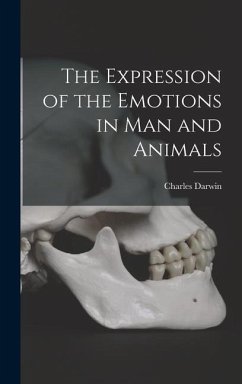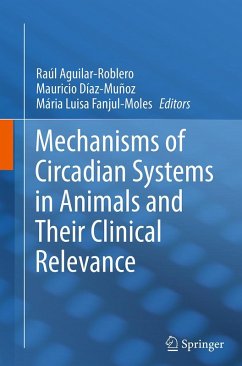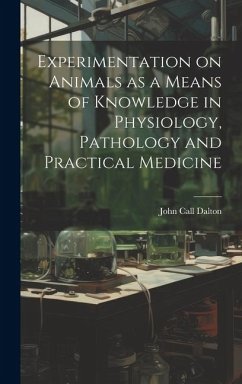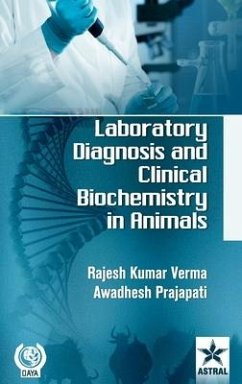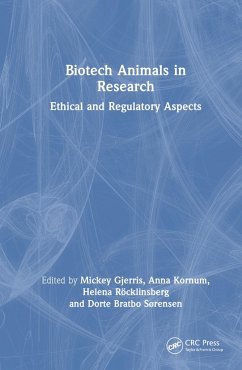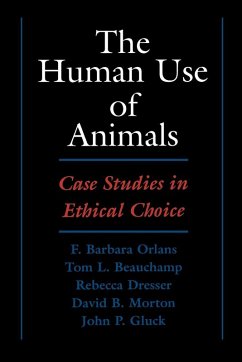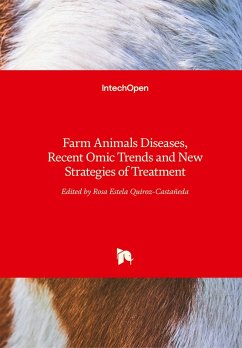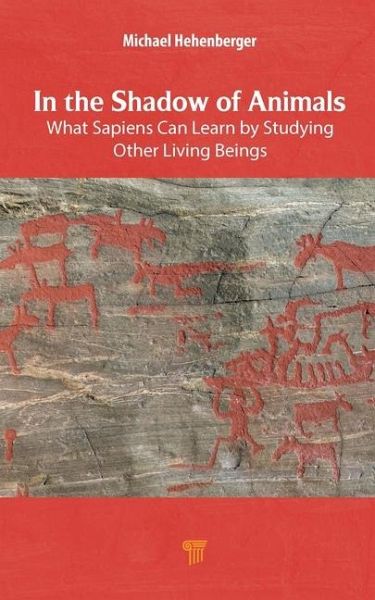
In the Shadow of Animals
What Sapiens Can Learn by Studying Other Living Things
Herausgeber: Hehenberger, Michael
Versandkostenfrei!
Versandfertig in 1-2 Wochen
121,99 €
inkl. MwSt.

PAYBACK Punkte
61 °P sammeln!
This book explains how various animals have adapted to extreme conditions, and why humans need animals and should protect them.







